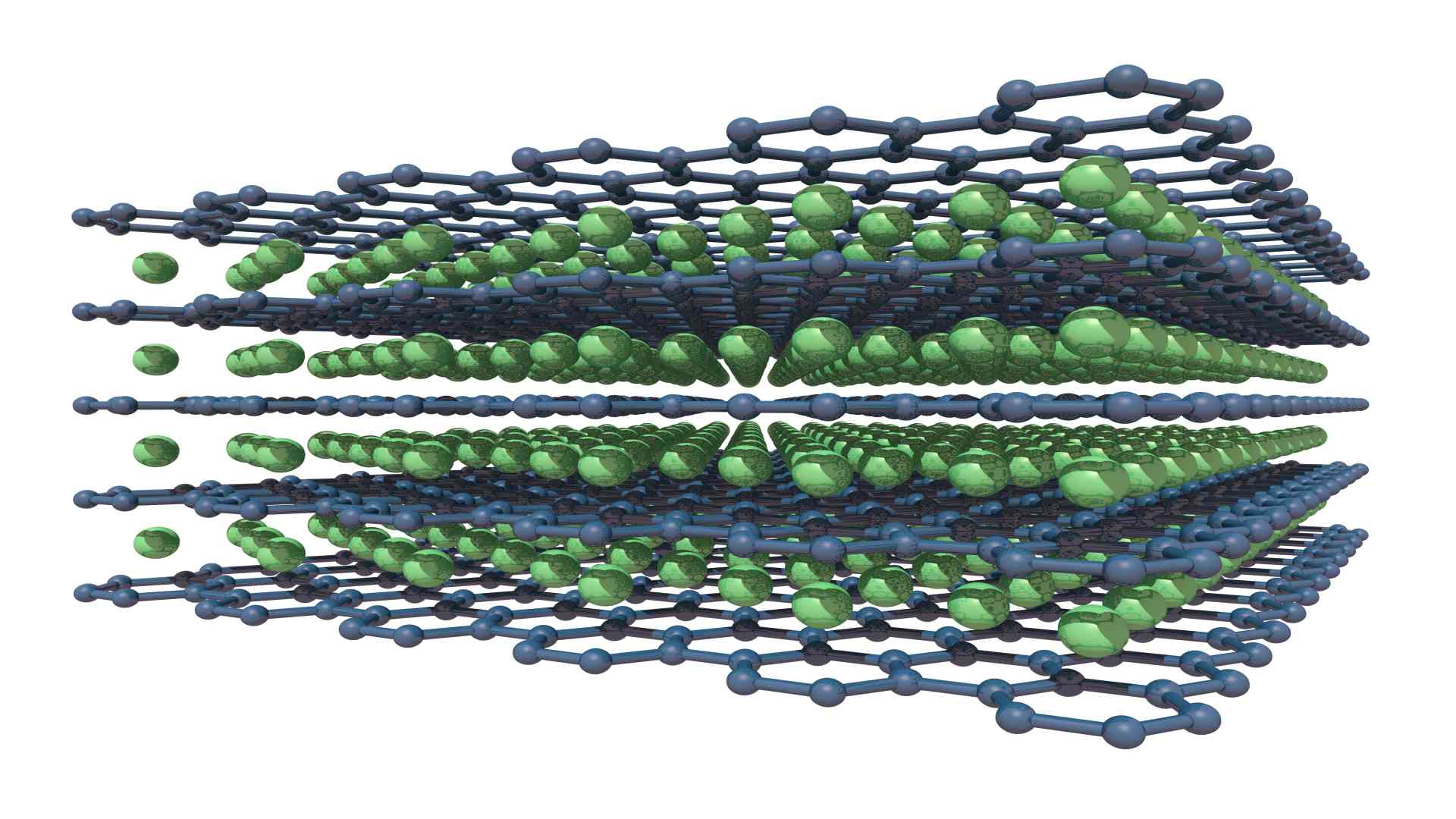Magnesium Diboride Superconductor
In today’s podcast, we’re going to look at magnesium diboride superconductor. Magnesium diboride is an inorganic compound made of two elements, boron, and magnesium. They are both abundant in the Earth’s crust. It’s a water-insoluble, dark gray, solid. Over the past few years, magnesium diboride has progressed from a remarkable discovery to a promising applied superconductor.

Magnesium Diboride
Magnesium diboride is a simple binary compound whose structure was confirmed in 1953. It’s synthesized via high-temperature reactions between magnesium and boron powders. However, because magnesium metal melts at 652 degrees centigrade, the reaction may involve the diffusion of magnesium vapor across boron grain boundaries.
This process can be carried out in situ while the magnesium boron remains in the tube or ex-situ after the magnesium and boron have been formed into a wire. Hot isostatic pressing at nearly 950 degrees centigrade enhances the properties of the magnesium diboride wire in both cases.
As for the electromagnetic properties of magnesium diboride, it has a very high, critical temperature of 39 Kelvin, meaning that it can remain superconducting even at extremely high temperatures. Magnesium diboride is also a type two superconductor. Which means it can withstand increasing magnetic fields without losing superconductivity.
It has an extremely high critical current and finally, it has a relatively high, upper critical field in thin films and fibers. It exhibits superconductivity up to 74T and 55 T, respectively.
Let’s look at the thermal conductivity of magnesium diboride a little further. The electronic structure of magnesium devoid is such that there are two types of electrons at the Fermi level with very different behavioral traits; one of which Sigma bonding, is much more strongly superconducting than the other, Pi bonding.
This contradicts conventional theories of phonon- mediated superconductivity, which believes that all electrons act in the same way. A theoretical understanding of magnesium diboride properties has been almost attained by modeling two energy gaps. In 2001, it was thought to have behaved very much like a metallic then a cuprate superconductor.
Magnesium diborate is a multi-band superconductor, which means the superconducting energy gap varies depending on the Fermi surface.
The Sigma bond of boron in magnesium diboride is strong. And it induces a large S-wave superconducting gap. Whereas the PI bond is weak and only induces a small S wave gap. The quasi-particle states of the large gap, vertices are tightly confined to the vortex core. The quasi-particle states of the small gap on the other hand are connected to the vortex core and can easily delocalize and overlap.
This delocalization significantly contributes to magnesium diborides’ thermal conductivity.
As for applications for magnesium diboride, it’s a promising material for fuel in Ram jets and as an ingredient in the blast,-enhanced explosives and propellants. This is due to its ability to burn completely when ignited in oxygen or mixtures with oxidizers.
Most recently it has been demonstrated that decoy flares containing magnesium diboride, Teflon Viton, exhibit 30 to 60% higher spectral efficiency. Compared to magnesium, Teflon, Viton payloads.
Magnesium diboride has shown promise as a potential fuel for hybrid rocket propulsion as well. When mixed with paraffin wax, it can improve the fuel grains, combustion characteristics, and mechanical properties.
The MRI superconducting magnet system was built in 2006, using 18 kilometers of magnesium diboride wires. The MRI used a closed-loop, cryo cooler, which did not require cryogenic liquids to be supplied externally. The system was created for medical imaging applications.
Magnesium diboride is also a superconducting material with significant potential in power applications and electronic devices.
MgB2-based power cables, microwave devices, and commercial MRI machines have all emerged in the last 15 years. Superconducting radio-frequency or SRF cavities are the next frontiers for magnesium diboride. SRF cavities are essential for high-energy physics research and are used in particle accelerators.
Finally, magnesium diboride is used in superconducting low to medium-field magnets, electric motors, generators, fault current limiters, and current leads due to the low cost of its constituent elements.
And that’s all on magnesium diboride today. For more information on boron and borates and other topics related to boron, please go to borates.today. You can also go to our YouTube site and more podcasts, which are available from the website.
Thanks for listening.





